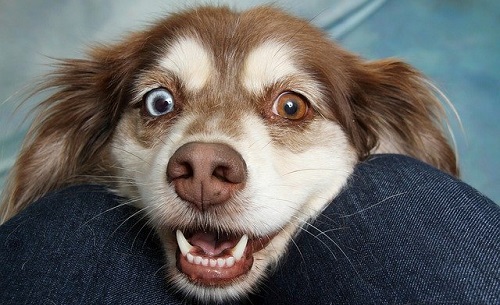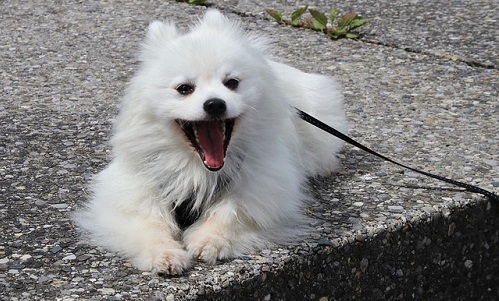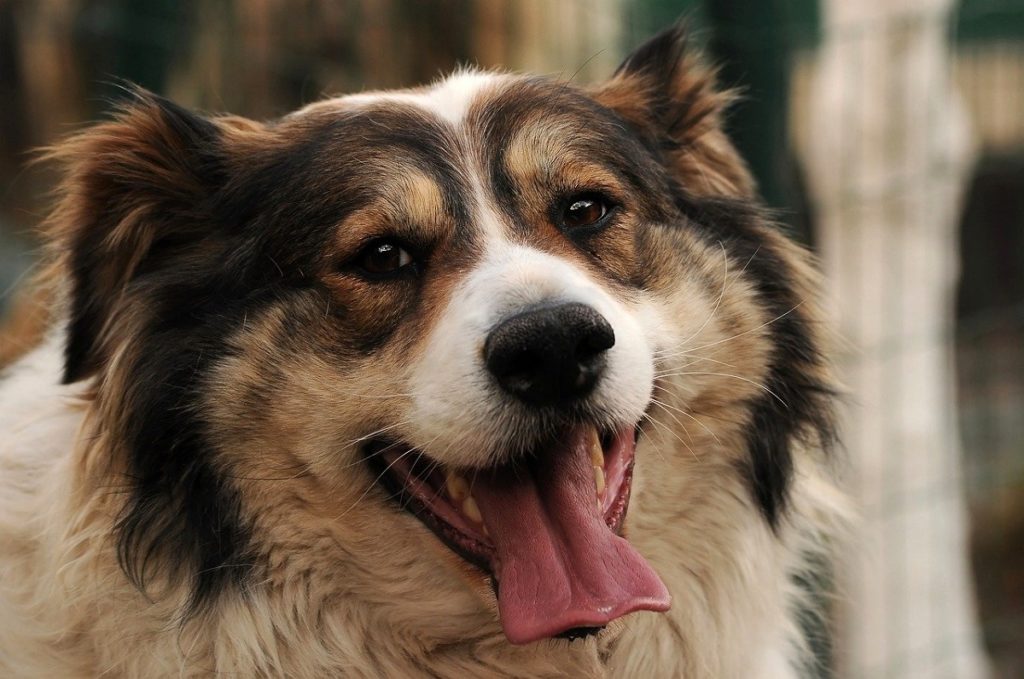A dog’s teeth serves many purposes. They help him express emotions, defend his territory, and even allows him to properly play with his toys. The loss of a tooth as an adult dog can be very difficult for your pup, both in terms of pain and a need to adapt his chewing patterns and behavior. When a loving pet parent keeps their eye on potential dental issues, however, the worst of these problems can be avoided.
What Are The Warning Signs For Tooth Loss in Dogs?
While dogs may hide or diminish the outward symptoms of some injuries, they will generally get vocal about tooth pain and other dental-related issues. If he looks like he’s eating carefully and slowly, or heavily favoring one side of his mouth, he may be avoiding a certain area of his gum line. Low whining when he is chewing on a toy or food, or a sharp yelp when playing “tug of war” with a pet parent are also clear indicators that your dog is experiencing canine pain, which will need to be further investigated.
If you can get your dog to calmly lay his head in your lap, you may be able to lift his lips to inspect his gum line. If the gums appear red, swollen, or discolored, or if blood is present in the mouth, an appointment should be made immediately with a vet that specializes in canine dental care. Even if a tooth is missing and can’t be replaced, it’s important to clean the site to prevent bacterial infections of the tooth root or gums surrounding the lost tooth socket. These infections can enter the bloodstream and become serious or even fatal if left untreated.
 Another surefire way to detect canine tooth decay, gum disease, or other mouth issues in a dog is to smell his breath. So-called “doggie breath” is the result of smelly bacteria that live along the gumline and in-between teeth. A few natural ways to get rid of bad breath in dogs include a thorough brushing at least once a week or feeding them tooth decay-preventing treats. The temptation to use “quick fix” solutions like doggie breath mints should be avoided – after all, a human can’t get away with skipping tooth brushing just by popping a mint or two, so their canine companions shouldn’t either.
Another surefire way to detect canine tooth decay, gum disease, or other mouth issues in a dog is to smell his breath. So-called “doggie breath” is the result of smelly bacteria that live along the gumline and in-between teeth. A few natural ways to get rid of bad breath in dogs include a thorough brushing at least once a week or feeding them tooth decay-preventing treats. The temptation to use “quick fix” solutions like doggie breath mints should be avoided – after all, a human can’t get away with skipping tooth brushing just by popping a mint or two, so their canine companions shouldn’t either.
What Can I Do To Prevent Canine Tooth Loss?
Good canine dental care is the key to preventing tooth loss and gum disease that precedes it. Special treats with nubbed or textured surfaces can encourage chewing behaviors, which keep tartar and plaque from building up on the teeth.
While it takes a little getting used to for both a dog and his parent(s), special canine toothbrushes and toothpaste products exist and should be used regularly. Incorporated into a regular grooming routine alongside coat-brushing and nail clipping, periodic brushing will help keep his pearly whites looking clean and fresh.
While he might love tug-of-war, it’s also a good idea to “go easy” if he insists on playing, as repeated twisting and pulling could loosen his teeth if an underlying problem exists in his gums. A healthy, balanced diet and a low-to-no sugar intake (e.g., avoiding sweetened peanut butter and excessive “people food”) will also help keep tooth-attacking bacteria at bay.
Will A Lost Dog Tooth Grow Back?
Dogs, much like humans, only get one set of adult teeth to last them for their entire lives. They also grow a set of baby teeth, called the deciduous set, which emerges approximately three to five weeks after they’re born. Over the course of the next few months, these puppy teeth will fall out and be replaced by his permanent adult set, which will be fully in place around seven months of age.
 If an adult dog loses a tooth, that tooth will not grow back. That’s why taking him to see a dental-specialist is so important; his bite pattern may change and cause him discomfort or even damage the teeth surrounding the now-empty socket. Losing several teeth at once, provided there isn’t a specific physical trauma that caused the incident, could point to more serious health issues like a mouth tumor or cancerous growth. These will, however, need to be professionally diagnosed to know for sure.
If an adult dog loses a tooth, that tooth will not grow back. That’s why taking him to see a dental-specialist is so important; his bite pattern may change and cause him discomfort or even damage the teeth surrounding the now-empty socket. Losing several teeth at once, provided there isn’t a specific physical trauma that caused the incident, could point to more serious health issues like a mouth tumor or cancerous growth. These will, however, need to be professionally diagnosed to know for sure.
While a lost tooth might be traumatic for a dog owner to see, chances are a dog that’s lost a tooth but is otherwise acting normal is feeling just fine. A cautious vet appointment is a smart idea to avoid further decay or tooth loss, but in general, a dog can lose a tooth and live a perfectly happy, healthy life so long as the socket heals properly and steps are taken to address the underlying issue.
Sources Cited:
1) Kucera, Tabitha. “What To Do if Your Dog Has a Loose Tooth.” The Spruce Pets.com, August 8, 2019, https://www.thesprucepets.com/my-dog-has-a-loose-tooth-3384929. Accessed November 23, 2019.
2) “Periodontal Disease in Dogs.” VetStreet.com, February 25, 2014, http://www.vetstreet.com/care/periodontal-disease-in-dogs. Accessed November 23, 2019.
3) “My Dog Lost Its Tooth. What Should I Do?” Centennial Animal Hospital.com, January 22, 2018, https://www.centennialanimalhospital.com/dog-lost-tooth/. Accessed November 23, 2019.
4) Ward, Dr. Ernie, DVM. “Dr. Ernie’s Top 10 Dog Dental Questions…and His Answers!” Pet Health Network.com, (no publish date), http://www.pethealthnetwork.com/dog-health/dog-checkups-preventive-care/dr-ernies-top-10-dog-dental-questions-and-his-answers. Accessed November 23, 2019.




